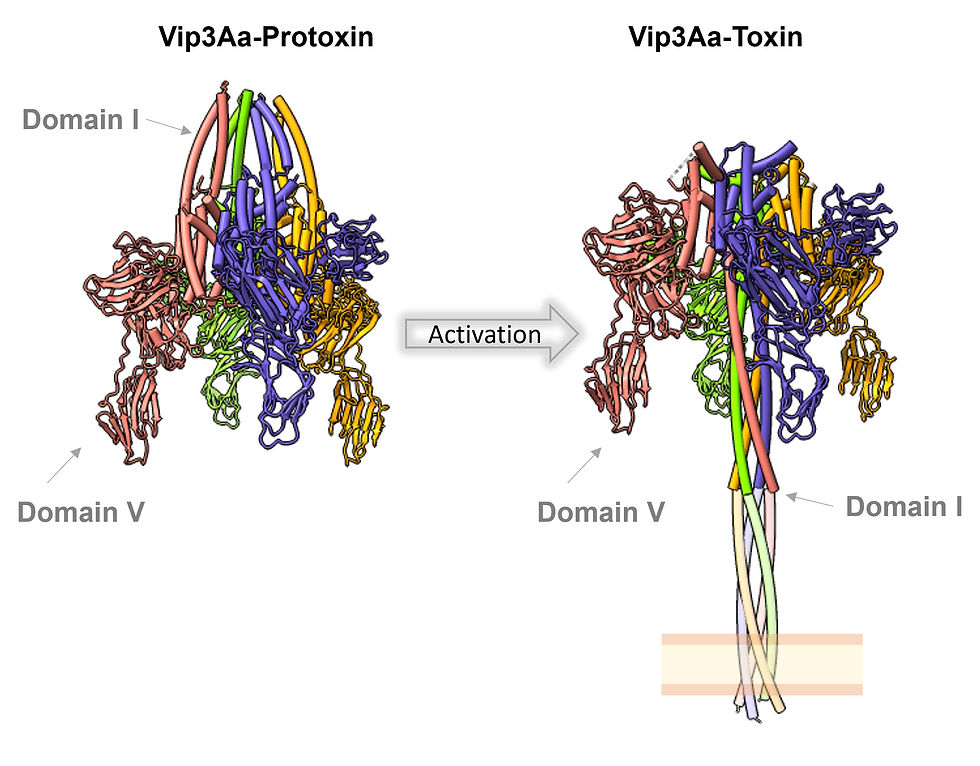


Patricia Casino Lab
Department of Biochemistry and Molecular Biology
Structural Biology to understand Protein Function




Microbial signal transduction
Our lab is interested in understanding the molecular basis of cellular mechanisms that involve microbial survival and adaptation. We focus on studying of His-Asp phosphorelay systems, signal transduction systems that regulate many physiological processes in microorganisms to cope with environmental challenges. These systems entail phosphorylation between His and Asp residues, a strategy absent in the animal kingdom but present in bacteria, archaea, fungi, and plants. His-Asp phosphorelay systems can be simple, consisting of a Histidine Kinase and a Response Regulator in Two-Components Systems (TCS), and complex, involving hybrid and unorthodox Histidine Kinases and His-phosphotransferases that increase the number of phosphoryl transfer steps.
In the Enterobacteriaceae family, this complexity is exemplified by the Rcs system which senses and responds to envelope stress through the action of several sensors, and the response regulator RcsB which shows a pleiotropic transcriptional function. Thus, we are interested in deciphering the signaling mechanism of the Rcs system in the intracellular pathogen Salmonella enterica serovar Typhimurium, and in other enterobacteria, at the membrane and genome level together with its networking behavior.
In human fungal pathogens, several hybrid Histidine Kinases signal to a unique His-phosphotransferase that spreads this signal to two Response Regulators. Moreover, the phosphorelay is connected to the HOG MAPK cascade. Thus, we want to understand the recognition mechanism upstream and downstream of the His-phosphotransferase as well as how the prokaryotic signaling heritage is coupled to the eukaryotic signaling. We are studying these systems from the thermophilic fungus Chaetomium thermophilum and the pathogenic fungus Candida albicans.
To understand the complexity of these regulatory and catalytic mechanisms, we perform functional and structural studies that allow us to unveil new mechanisms absent in the animal kingdom and which can serve as a target to develop antimicrobial interventions.
Molecular mechanisms of Protein Function
Our lab collaborates with other groups to develop structural studies for different proteins to provide insights into the molecular mechanisms that drive protein function. These studies encompass a wide variety of proteins from microbial to mammalian source.
Funding:
BFU2016-78606-P
PID2019-110630GB-I00
EQC2019-005475-P
PID2022-141621NB-I00

Contact:
patricia.casino@uv.es
Universitat de València
Instituto Universitario Biotecmed
C/ Dr. Moliner 50
46100-Burjassot
Valencia-Spain
CIAICO/2022/142 (PI: Isabel Pardo)

ACCI-04-770 (PI: Rubén Artero)

Networks:

